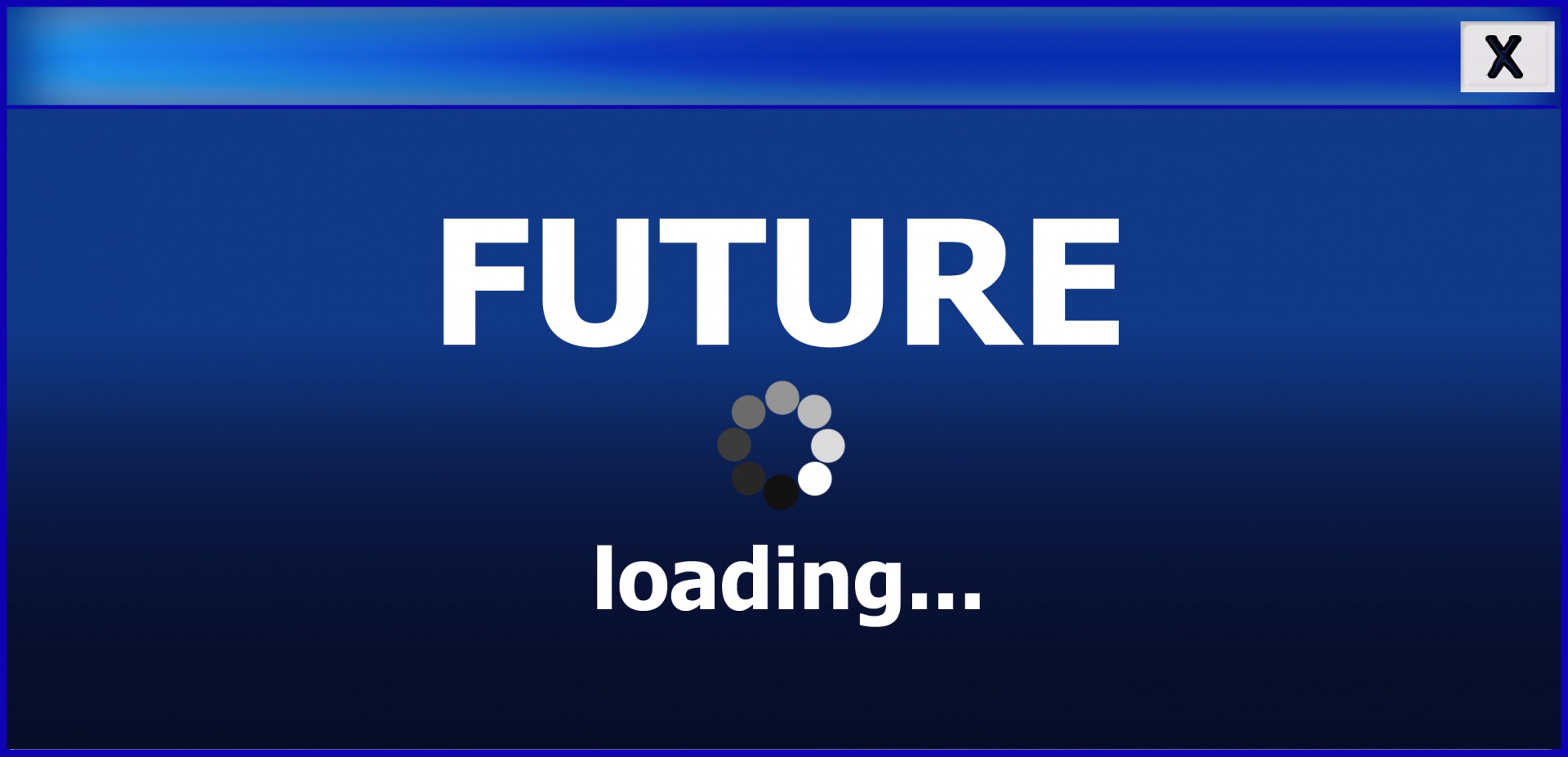
Science Museum Futures
In collaboration with the Association of Science-Technology Centers (ASTC), Association of Children’s Museums (ACM) and Immersive Learning Research Network (iLRN), and with support from the National Science Foundation, the Institute for Learning Innovation virtually brought together 4 dozen diverse (expertise and role, background, demographics, geography) thoughtful STEM learning professionals to collaboratively re-imagine the future of the science museum community, in particular the particularly vulnerable small to medium size science museum sector. Participants thought strategically (rather than just tactically) about how science museums in the coming decade(s) can fulfill their STEM learning missions while truly serving the needs of ALL segments of their communities; particularly those who have been historically under-represented.
The project resulted in the generation of 11 “novel” ideas for how science museums can transform their practices in ways that more directly serve the well-being-related needs of their communities. Although individually, each of these ideas represents a relatively small step forward in reinventing science museum practice, collectively these ideas suggest three critical ways in which the science museum community might dramatically rethink their focus and day-to-day practices.
Move from a focus on STEM as an academic topic to be learned to STEM as a topic that solves community-relevant problems and issues. The project underscored the importance of moving away from an emphasis on traditional “fundamentals of STEM” type exhibitions and programs to efforts that re-focused the work of the science museums on helping to solve community-focused concerns and topics.
Transformation of the role of the science museum from “expert” to “learning resource.” Noted was the need for institutions to shift away from “we are the experts and know what you need to know” (a deficit model) to an asset model of “how can we be a better resource for what you want and need to learn.” To support this shift, institutions need to make a greater investment in staff, with the issue of Diversity, Equity, Inclusion and Access representing an important first step involving changes in staff training; hiring practices and a transition away from the building to greater work out in the community.
Move away from the science museum as an island of expertise to more of a model where the science museum is just one, but integral, part of a greater ecosystem of effort: The events of the past few decades demonstrate that science museums cannot have the level of significant impact they wish to have as long as they continue to work alone and unilaterally. Collective action is the only route to success, whether that is at the local or national level; collaborative, ecosystem-wide solutions are urgently needed.
In an effort to further develop and disseminate the ideas developed by this discussion, ILI is hosting a series of 6 discussions on Twitter Spaces around museum-related topics of the Building, Community Engagement, and Internal Communities. These will be held in July, August, and September and will be hosted by 3 project participants Ashanti Davis, Preeti Gupta, and Laahiri Chalasani.
COMING UP: Our next Twitter Spaces discussion will be held Thursday, Aug 25, 2022 from 1-2 Eastern Time. Access the conversation here. To find out more and learn how you can participate, please email Ashanti.Davis@freechoicelearning.org.
This project was supported by the National Science Foundation. (Award # 2041474), without whom it would not have occurred. We hope this paper is only the starting place for continued conversations – please continue to check the project webpage for further developments. Please click here to view the Final Report.
Project Team: John Falk, Ph.D., Judith Koke, Ashanti Davis, Chloe Poston
